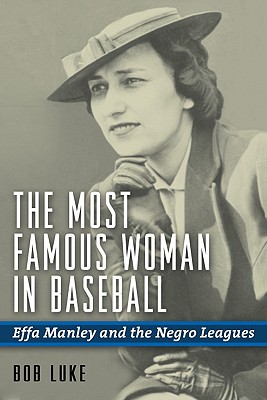Hall of Fame Has Always Made Room for InfamyPosted in Articles, Media Archive, Passing, United States on 2013-01-10 02:23Z by Steven |
Hall of Fame Has Always Made Room for Infamy
The New York Times
2013-01-08
The Baseball Hall of Fame, the most august fraternity of its kind in American sports, unveils its latest induction class Wednesday. For the first time this year, balloters must weigh the fate of two eminent stars, Barry Bonds and Roger Clemens, who are also the most celebrated poster boys for the game’s disgraced steroid era.
Players linked to steroid use have been resoundingly rejected by Hall of Fame voters in recent years, shunned as synthetically enhanced frauds. But drawing an integrity line in the sand is a tenuous stance at a Hall of Fame with a membership that already includes multiple virulent racists, drunks, cheats, brawlers, drug users and at least one acknowledged sex addict.
In the spirit of Groucho Marx, who refused to join any club that would have him as a member, would not baseball’s 77-year-old gallery of rogues be the perfect fit for Bonds and Clemens?
Robert W. Cohen, who wrote the 2009 book “Baseball Hall of Fame — or Hall of Shame?”, readily recalled a catalog of reprehensible acts by Hall of Fame inductees.
“Baseball has always had some form of hypocrisy when it comes to its exalted heroes,” he said. “In theory, when it comes to these kinds of votes, it’s true that character should matter, but once you’ve already let in Ty Cobb, how can you exclude anyone else?”…
…“Cap Anson helped make sure baseball’s color line was established in the 1880s,” Thorn said of the Chicago Cubs first baseman and manager who was enshrined in the Hall of Fame the year it opened in Cooperstown, N.Y., in 1939. “He was relentless in that cause.”
Anson repeatedly refused to take the field if the opposing roster included black players. Anson had plenty of co-conspirators. The Chicago White Sox owner Charles Comiskey, also a member of the Hall of Fame class of 1939, “outed” the African-American infielder Charlie Grant, who was posing as a Cherokee on the preseason exhibition roster of the Baltimore Orioles team led by John McGraw (Hall of Fame class of 1937).
Overseeing baseball’s segregationist policy in three decades was Commissioner Kenesaw Mountain Landis (Hall of Fame class of 1944). When Landis died in 1944, an initiative was begun to break the color barrier, an effort that culminated with Jackie Robinson’s Brooklyn Dodgers debut in the spring of 1947…
Read the entire article here.

